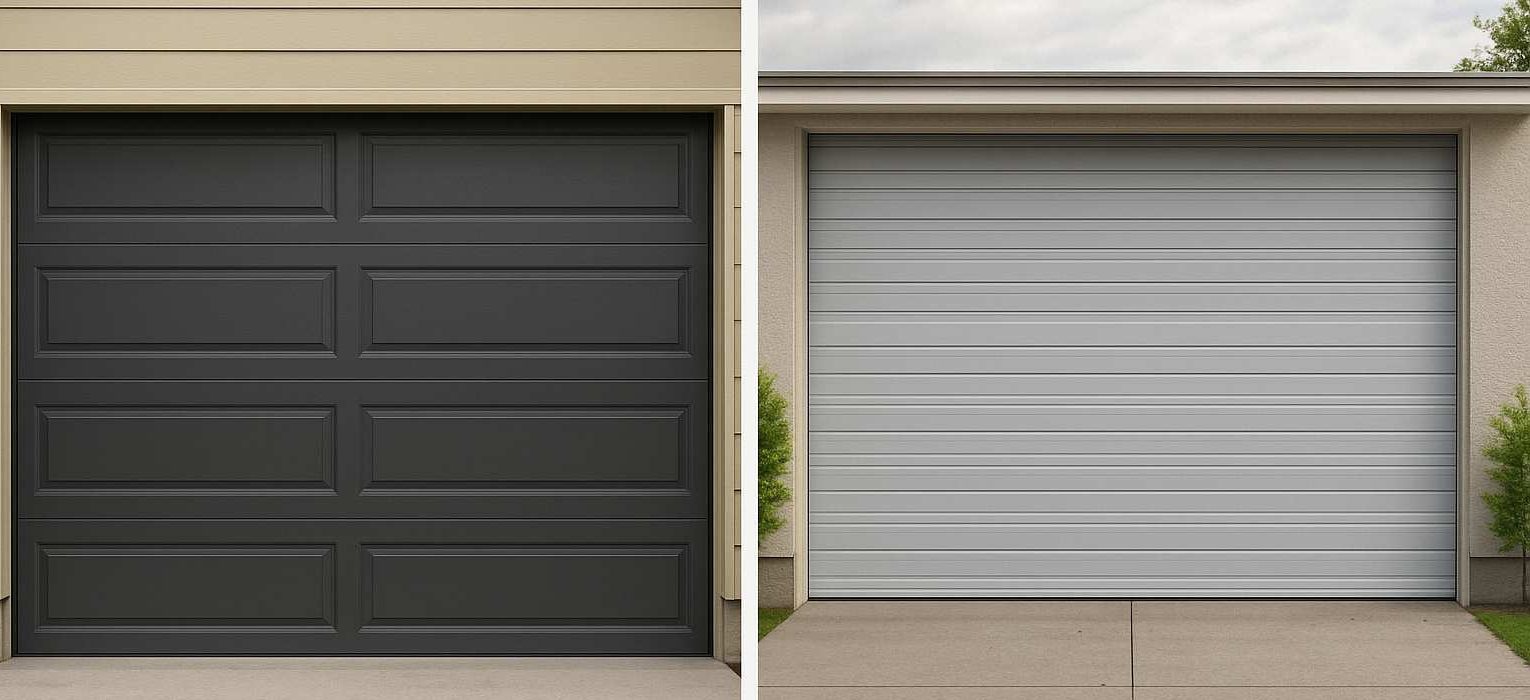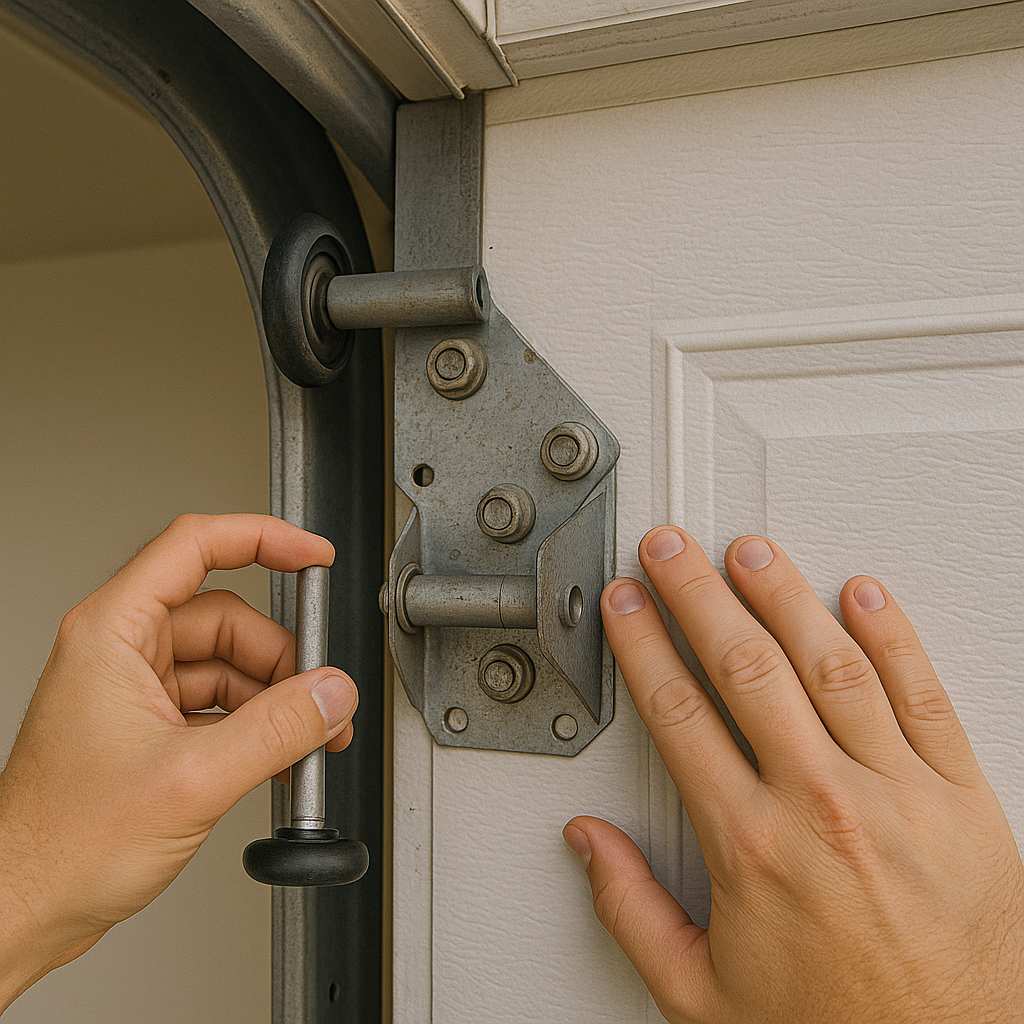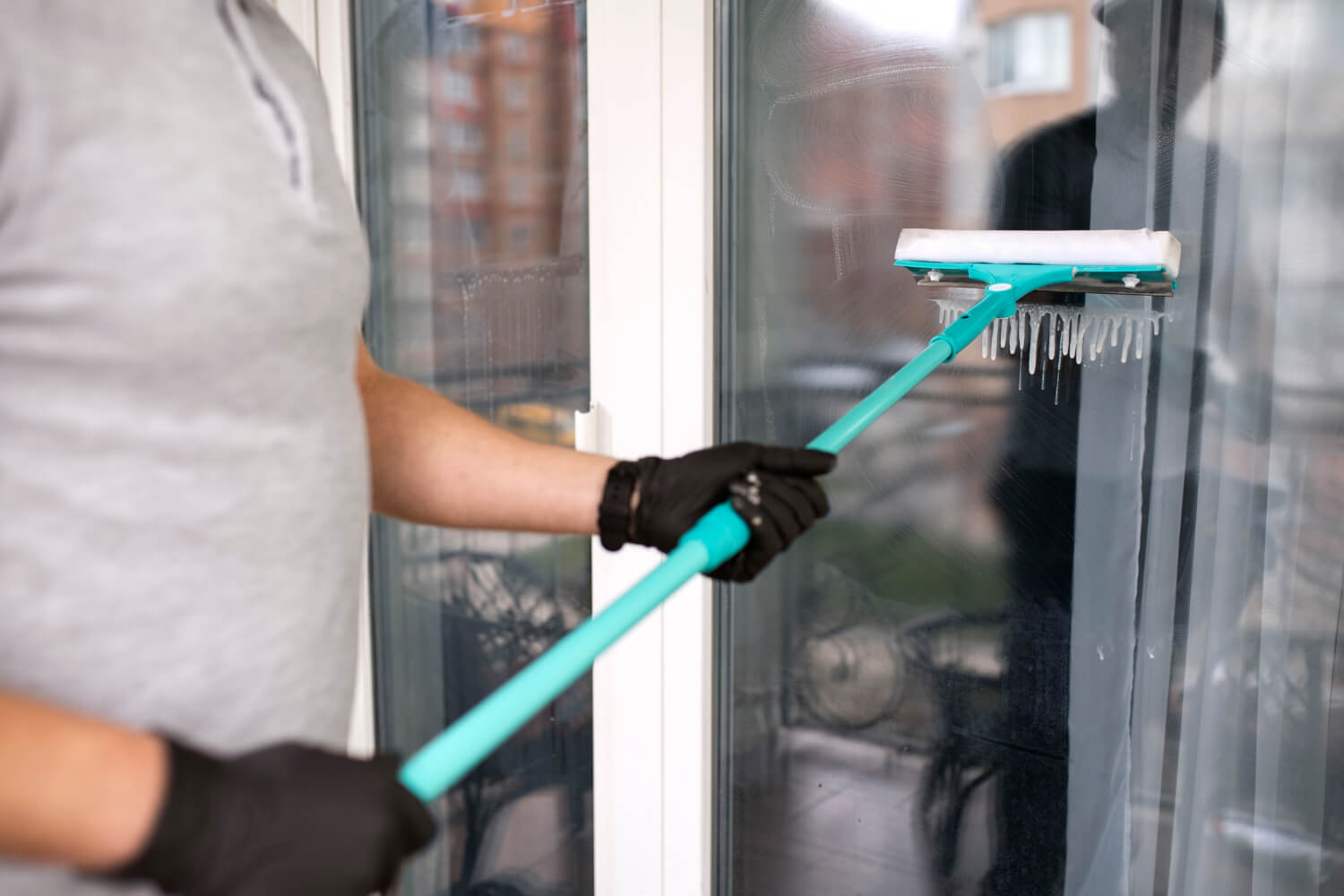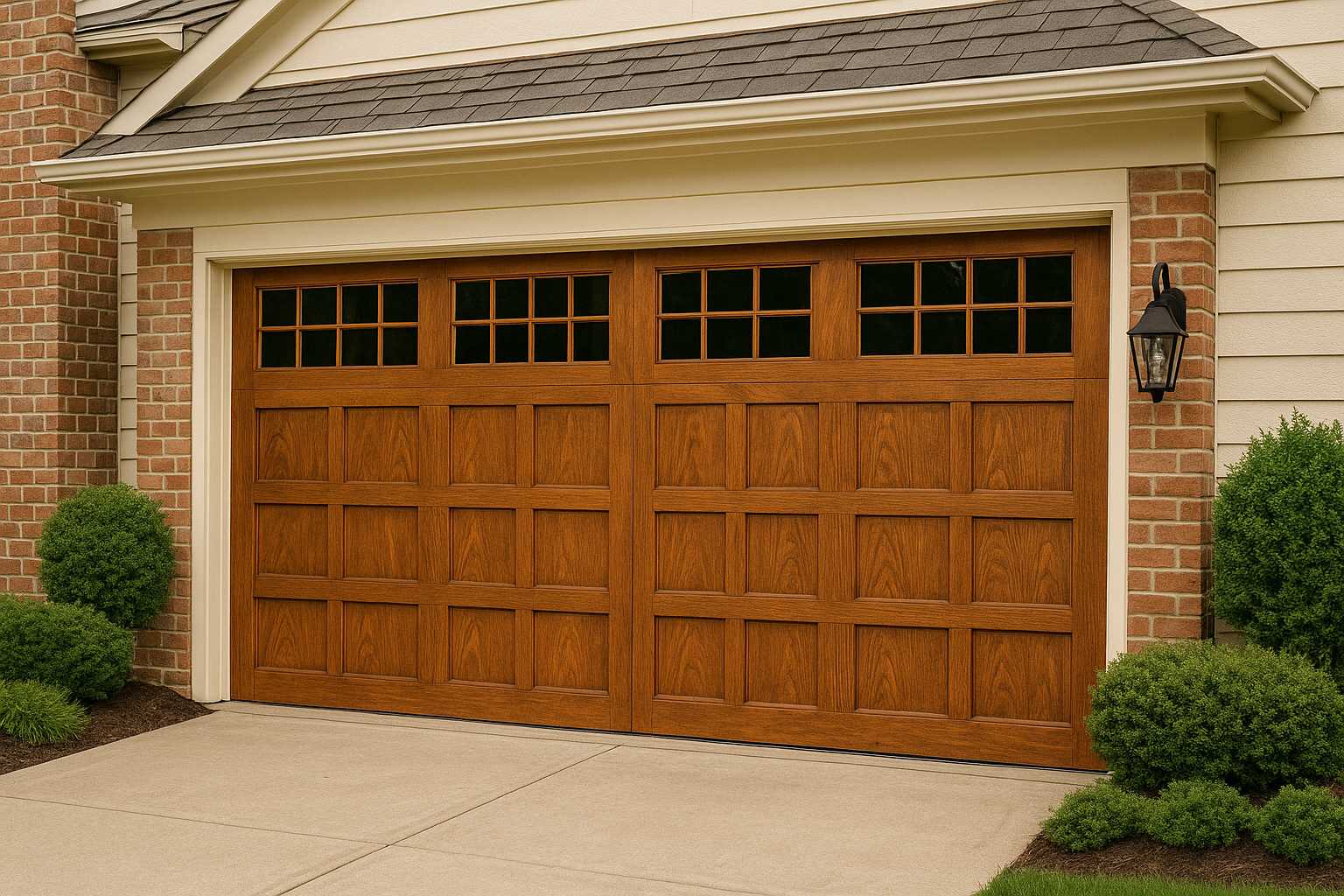G’day mate! If you’re on the hunt for a new garage door, one of the biggest choices you’ll need to make is whether to go for an insulated or non-insulated model. Keep in mind, your garage door isn’t just about aesthetics; it’s about comfort and efficiency too. Choosing the right one can help keep your power bills down and make your garage a more pleasant space all year round.
Construction and Materials: Insulated vs. Non-Insulated Garage Doors
Insulated Garage Doors
Insulated garage doors are the heavyweights of the garage world, offering superior strength and durability. They’re often built with two or even three layers of material, with a core of polystyrene or polyurethane foam snuggled between. These layers act like a thermal fort, reducing the transfer of heat and keeping your garage warmer in winter and cooler in summer. The secret sauce here is the R-value, which measures how well the door resists heat flow—higher is better if your garage is attached or you live in extreme climates.
Non-Insulated Garage Doors
On the flip side, non-insulated garage doors are straightforward and functional. Made typically from a single layer of steel, wood, or vinyl, they won’t break the bank and still manage to fend off the elements well enough. They aren’t designed for thermal protection, but if they’re properly sealed, they keep out moisture and those pesky bugs.
The Perks of Insulated Garage Doors
Energy Efficiency
One of the top reasons to go for insulation is energy efficiency. Insulated garage doors for home help maintain a stable temperature inside your garage, so you spend less on heating and cooling. Over time, the savings add up, which is a real winner for the budget-conscious among us.
Noise Reduction
Insulation isn’t just about temperature; it’s about peace and quiet too. Insulated doors help dampen noises from outside, great if your garage doubles as a workshop or if you’ve got noisy neighbours.
Durability and Strength
These doors aren’t just tough; they’re dent-resistant. Thanks to their multi-layered construction, they’re more robust than non-insulated doors, which means they stand up better to the odd bump—or the kids’ footy practice.
Year-Round Comfort
Ever tried tinkering in a freezing or sweltering hot garage? Not much fun. Insulated doors make it a comfortable year-round workspace or simply a better storage area for your prized possessions.
Benefits and Drawbacks of Non-Insulated Garage Doors
Cost-Effectiveness
Let’s be honest—upfront costs can be a deal-breaker. Non-insulated doors are easier on your wallet from the get-go, perfect if you’re trying to save a few bucks.
Lighter Weight
Without the added insulation, non-insulated doors are lighter, which is easier on your garage door opener. This can mean fewer maintenance headaches and a longer lifespan for your opener.
Simpler Maintenance
Fewer layers mean fewer problems. The simplicity of non-insulated doors translates to easier and potentially cheaper repairs and maintenance. It’s a bonus for those who aren’t particularly handy.
Drawbacks of Insulated Garage Doors
Higher Initial Cost
The top downside? Price. Insulated doors require a heftier initial investment. They pay off in energy savings over time, but that initial sticker shock can be a hurdle.
Added Weight
All that insulation adds some serious weight. This might mean upgrading your garage door opener or finding it a bit more challenging to open manually during power outages.
Potential Moisture Issues
In humid climates, insulation can trap moisture, leading to rust or mold if not looked after properly. Regular checks and maintenance can keep these worries in check.
Drawbacks of Non-Insulated Garage Doors
Lack of Energy Efficiency
If conserving energy matters to you, beware—non-insulated doors won’t help your energy bills. They tend to let the extremes of Aussie weather into your garage.
Less Durability
A single layer means less resilience. These doors are prone to dings and might not last as long as their insulated cousins.
Noise and Temperature Issues
Expect to hear more of the outside world with a non-insulated door. Temperature swings are also more noticeable, making the garage somewhat inhospitable if you’re in there a lot.
Choosing the Right Garage Door for Your Home
When deciding between insulated and non-insulated garage doors, consider your lifestyle, location, and budget. Here’s the lowdown:
- Budget: If you’re penny-pinching, a non-insulated door will keep costs down.
- Energy Efficiency: Go insulated if you want to control those energy bills.
- Durability: Looking for longevity? Insulated doors offer superior strength.
- Maintenance: Want to keep things simple? Non-insulated doors are easier to maintain.
- Usage: Is your garage more than storage? Insulated doors provide better comfort and soundproofing.
At the end of the day, your choice will come down to your priorities and preferences. Hopefully, this guide helps you figure out what works best for you and makes your garage a more comfortable and efficient space. Cheers!






